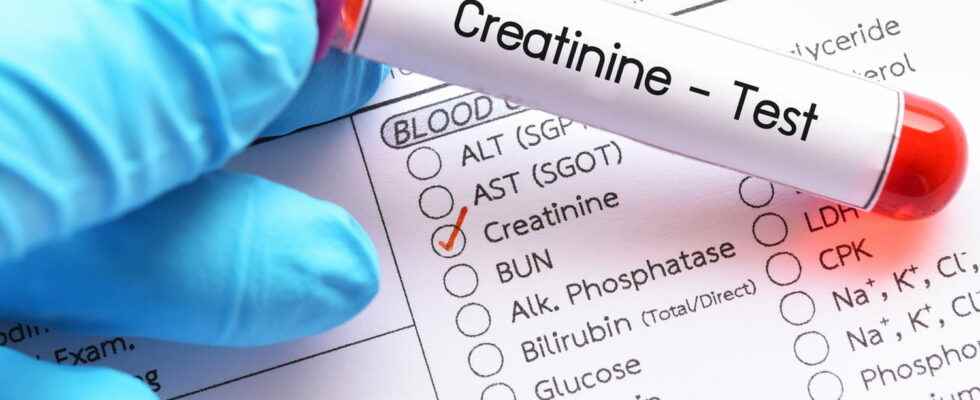This formula has not been used by laboratories for a few years but it made it possible to estimate the clearance of creatinine, indicating the state of functioning of the kidneys. Some explanations with François Blanchecotte, president of the union of biologists.
Definition: what is the Cockcroft and Gault formula?
Proposed by Donald W. Cockcroft and Henry Gault in 1976this formula allows estimate creatinine clearance. The clearance rate then gives information on kidney function. The formula is:
However, “the Cockcroft and Gault formula has not been used as the reference for about five years“, warns François Blanchecotte, president of the union of biologists. Instead, an enzymatic method called CKD-EPI is used. “This is more precise, fairer and more reliable. Some labs report results using both formulas because the Vidal, used by attending physicians to know the exact amount of drug to prescribe to the patient, continues to report standards calculated using the Cockroft and Gault formula.”
When to use the Cockcroft and Gault formula?
The Cockcroft and Gault formula is used to check or confirm kidney failurespecify the level of renal insufficiency or even adapt the dosage of medicinal treatments eliminated by the kidneys and which may have a high degree of toxicity. “No symptoms, no clinical signs can prevent kidney failure. This can be discovered unexpectedly during a blood test for another reason.“, warns François Blanchecotte.
What is the normal level of creatinine clearance?
The norms of creatinine clearance are:
- Between 80 and 130 mL/min for a woman
- Between 90 and 140 mL/min for a man
If the result is less than 60mL/min, this induces the onset of renal failure. From 15 mL/min, it is a severe renal insufficiency. Specialists can then set up dialysis and consider a kidney transplant.
Creatinine clearance analysis given “an image, at a given time, of the patient’s renal status“, explains François Blanchecotte. “What is important is to observe the slope: has the creatinine level gone from 80 to 50 mL/min in three months, for example? In this case, it may be due to kidney degradation or the toxicity of a treatment.“So you have to monitor this slope and make comparisons with previous results. However, it must be emphasized that serum creatinine alone cannot be interpreted and that it is used to detect renal insufficiency via the filtration rate. It is therefore necessary to think of making a search for albumin in the urine from time to time, and in certain contexts.
Who to consult in case of abnormal level?
First, it is better turn to the attending physician who will try to find the cause of the kidney failure. He can then direct you to a nephrologist.
Thanks to François Blanchecotte, president of the union of biologists.
